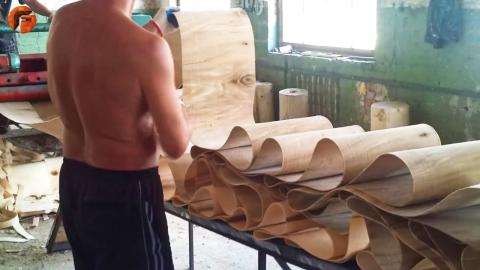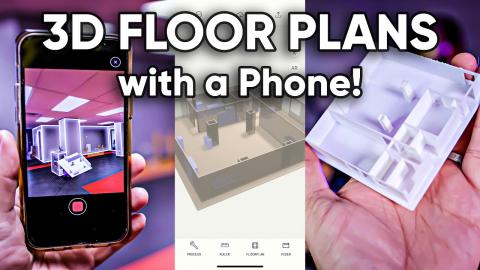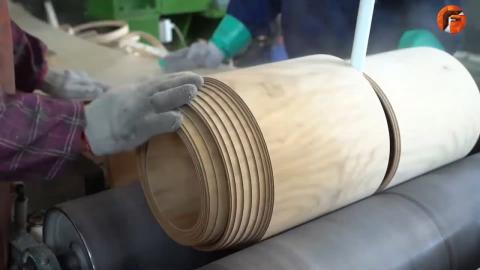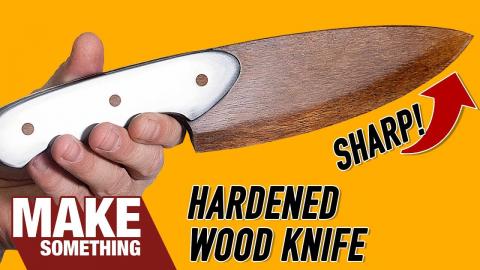How To Install a Herringbone Wood Floor
Description
To add a bit of class to our entry way, I laid down some herringbone flooring! Come see how I did it!
Subscribe to my channel: http://bit.ly/1k8msFr
Second Channel: http://bit.ly/iltms-2
MORE PROJECTS, POSTS AND EVENTS
http://www.iliketomakestuff.com
TOOLS & SUPPLIES (affiliate links):
https://kit.com/iliketomakestuff/my-woodworking-tools
https://kit.com/iliketomakestuff/shop-safety-gear
Twitch Stream Every Wednesday @ 3pm EST: www.twitch.tv/iliketomakestuff
I WROTE A BOOK!!
http://www.iliketomakestuff.com/makingtime
Want to support ILTMS? Get exclusive content and more...
http://www.iliketomakestuff.com/patreon
BUY A SHIRT, STICKER, NOTEBOOK, DIGITAL PLANS and MORE!!
http://www.iliketomakestuff.com/store
FOLLOW:
http://twitter.com/iliketomakestuf
http://www.twitch.tv/iliketomakestuff
http://instagram.com/iliketomakestuff
http://facebook.com/iltms
MUSIC: http://share.epidemicsound.com/iltms
When you buy traditional flooring, they come already cut, usually with a tongue on one side, and a groove on the other. They are also cut to various lengths so that your final floor pattern is random and not purposefully repeated. Herringbone floors are meant to be laid in a pattern so the irregular pieces of flooring have to be modified.
After doing the rough math of our entryway's square footage, I figured out that I would need over 200 pieces of flooring cut to the same length. I opened some remaining boxes of flooring and used my miter saw to cut the giant pile of pieces. Because of the nature of herringbone floors and the construction of tongue and groove flooring, I wasn't don't modifying these pieces yet.
Normally, when you lay tongue and groove flooring, the tongue fits inside of the groove the whole length of the piece as well the sides. In our case I had to cut each piece the same length resulting in only groove remaining one side. Because the pieces would be paid out in 90-degree butt joints, I had to add a groove to the other side.
Think of it like this, one piece of flooring would lead with a tongue and another piece would butt up against the front corner. This had to be a groove or the straight cut from the miter saw would lock the pieces into place. Conversely, behind that 90-degree segment would be the original long grooves. In order to get another row of flooring to join up with those, I had to cut splines that would fit into both grooves. So yes, I had more repetitive cutting to do.
To match the aesthetic of the rest of the floor, I had to add a small micro-bevel to the freshly cut end. I did this by setting up a chamfering bit in my router table and carefully passing each end over the tiny exposed cutter.
With all of the flooring cut and all of the splines ready, I had to start laying the pattern. I cut a simple plywood template to help me get the initial row of 90-degree segments and got to work. I used my flooring nailer to secure the pieces in place and got to work. This process took a while longer than laying the traditional flooring because there were so many small pieces. I also had to keep checking the squareness of my work so that the 90-degree would be consistent throughout.
I covered a majority of the floor with the herringbone flooring but as I approached the door ways, I had to fill in the small gaps with some custom cut pieces. It was really coming together and I was surprised by how nice it looked.
When I set out on the project, I wasn't quite sure how I would tie this new floor pattern into the rest of traditional flooring. After looking at the entryway itself, I could see the it had pretty clearly defined boundaries. There is a French door leading to the living room and a door way leading to the adjoining room. My wife and I decided that it would look best to just add a border around the herringbone flooring to match the confines of the room. This way, I could match the rest of the flooring seamlessly and give the entryway some definition.
To add this two-board thick border, I had to cut off the pointy bits of herringbone that stuck out on the sides. This solution seemed pretty straight-forward until I had to actually cut the pieces. I would have to use the circular saw for this extremely crucial cut; a tool that is notoriously sloppy. If my cut wasn't straight the boards wouldn't fit, if was too wide, there would be an ugly gap. I scribed my line very carefully and used my rip track to cut a perfect line in the floor. Success!
I laid in the border pieces and had to cut off the lower lip of the grooves in some cases to get them to fit. Because tongue and groove requires you build the floor upon itself successively, I couldn't just drop a piece down into an existing space. So by cutting off the lower lip I could anchor the tongue in place and sit the upper lip of the groove on the next tongue. Of course this wasn't that secure, so I used some nails to hold those key pieces down to the subfloor.













